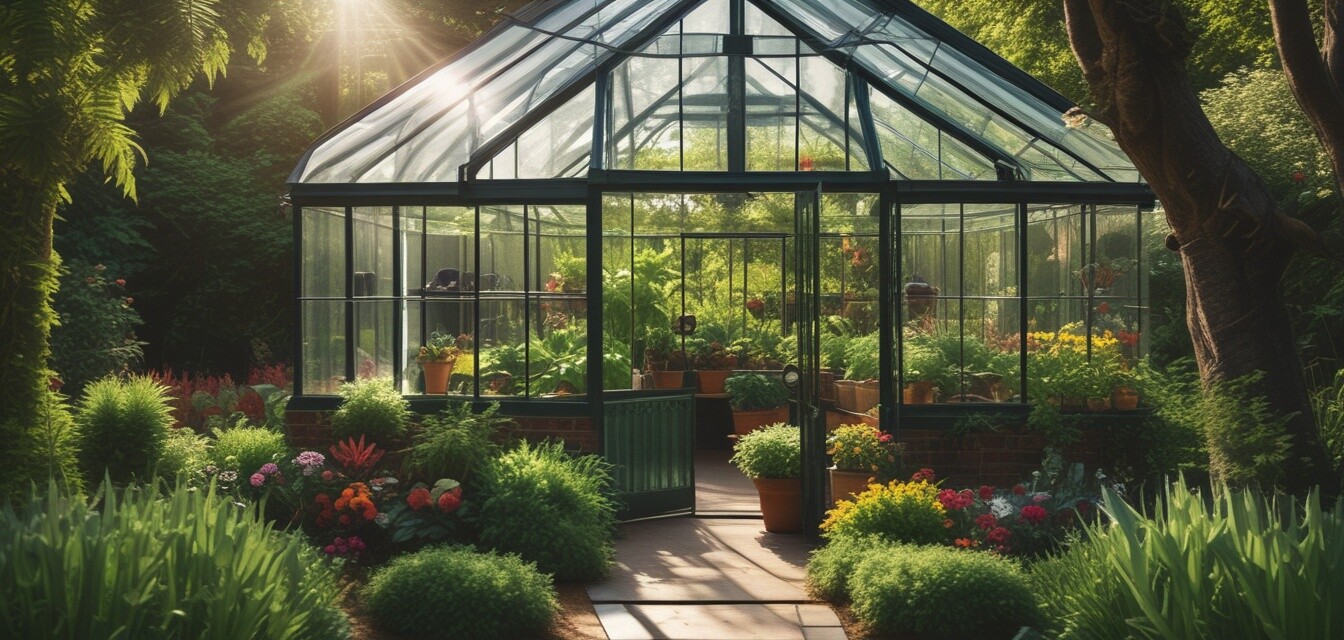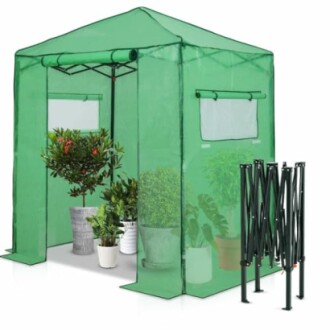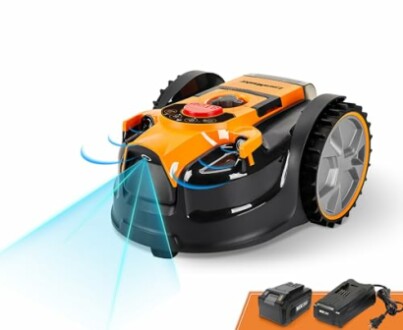
Understanding Greenhouse Basics
Key Takeaways
- Greenhouses allow for controlled growing environments.
- Different types of greenhouses cater to various plants and climates.
- Essential components include proper ventilation, lighting, and structure.
- Choosing the right greenhouse can significantly enhance gardening success.
Greenhouses are a fantastic way to create an ideal growing environment for plants, allowing gardeners to control light, temperature, and humidity. Whether you're a beginner or looking to expand your gardening knowledge, this guide will help you understand greenhouse concepts, types, and important components to consider for a successful setup.
What is a Greenhouse?
A greenhouse is a structure designed to cultivate plants in a controlled environment. It traps heat, maintains moisture, and protects plants from harsh weather conditions. This makes it possible to grow a variety of plants year-round.
Types of Greenhouses
There are several types of greenhouses, each suited for different gardening needs.
| Type | Description | Best For |
|---|---|---|
| Lean-To Greenhouse | Attached to a building for space-saving. | Small gardens with limited space. |
| Freestanding Greenhouse | Independent structure, offers flexibility in placement. | Larger gardening projects. |
| Hoop House | Made of PVC or metal hoops covered with plastic. | Season extension for vegetable growers. |
| Cold Frame | A low-profile greenhouse, protecting plants from frost. | Seedlings and start-up plants. |
Components of a Greenhouse
To create an effective greenhouse, you'll need to consider several components:
- Material: Glass, plastic, and polycarbonate are common materials offering different benefits.
- Ventilation: Proper airflow is critical to maintain temperature and humidity.
- Heating: You may need heaters for winter months to keep your plants cozy.
- Lighting: Supplement with grow lights if natural light is insufficient.
- Watering System: Consider drip irrigation for efficient water use.
Choosing the Right Greenhouse
When selecting the right greenhouse, here are some factors to consider:
Tips for Choosing a Greenhouse
- Assess available space in your yard.
- Determine what plants you plan to grow.
- Consider your climate and environment conditions.
- Look for easy assembly or portability if needed.
Featured Greenhouse: EAGLE PEAK 6x4 Portable Walk-in Greenhouse
EAGLE PEAK 6x4 Portable Walk-in Greenhouse
This greenhouse offers easy setup, ample space for movement, and a sturdy structure to protect your plants.
Learn MoreMaintaining Your Greenhouse
Once your greenhouse is set up, you'll want to keep it in good condition:
- Regularly check for pests and diseases.
- Monitor temperature and humidity levels frequently.
- Ensure equipment such as fans, heaters, and watering systems are functioning properly.
- CLEAN the greenhouse to prevent mold and algae growth.
- Rotate crops to maintain soil health.
Common Mistakes to Avoid
When starting with a greenhouse, be aware of these common pitfalls:
- Overwatering plants, leading to root rot.
- Ignoring temperature fluctuations that stress plants.
- Failing to plan for adequate ventilation.
- Choosing the wrong location with insufficient sunlight.
Conclusion
Understanding greenhouse basics is essential for successful gardening. By considering the types, components, and maintenance needs, you can create an effective growing space. Explore our other resources on sustainable garden design and buying guides for more tips and insights to enhance your gardening.
Further Reading
- Seasonal Gardening Tips
- Pest and Weed Management
- News and Trends in Gardening
- High-End Lawn Mowers
- Explore Greenhouses and Plant Protection
Featured Product: LawnMaster OcuMow™ Robot Lawn Mower
LawnMaster OcuMow™ Perimeter Wire Free Robot Lawn Mower
Ideal for small lawns, this robot mower offers obstacle avoidance and low noise operation.
Explore Now
